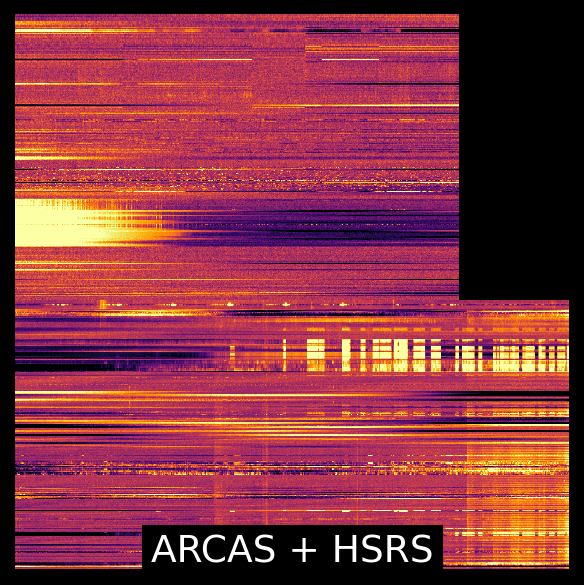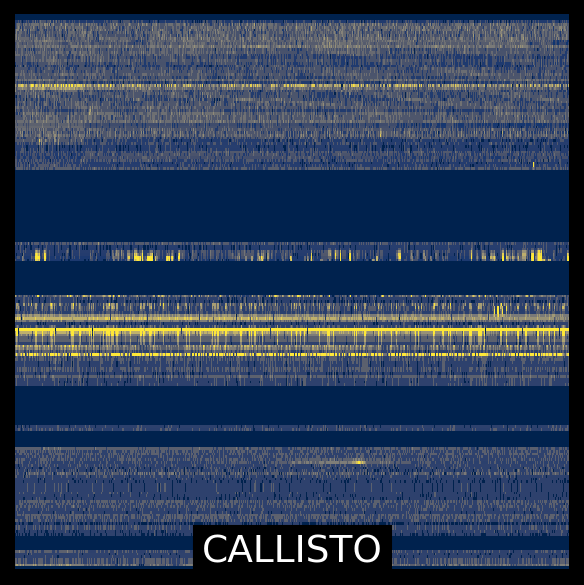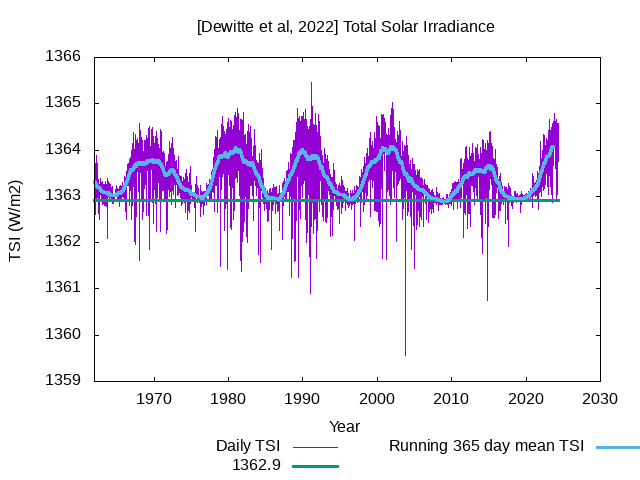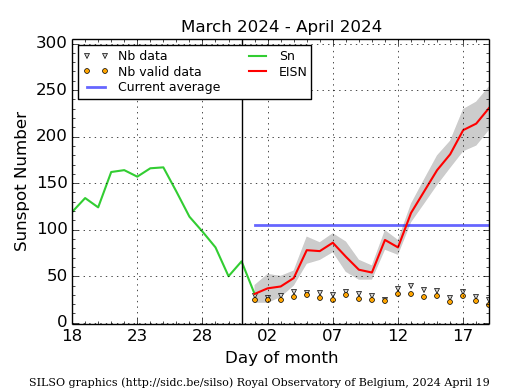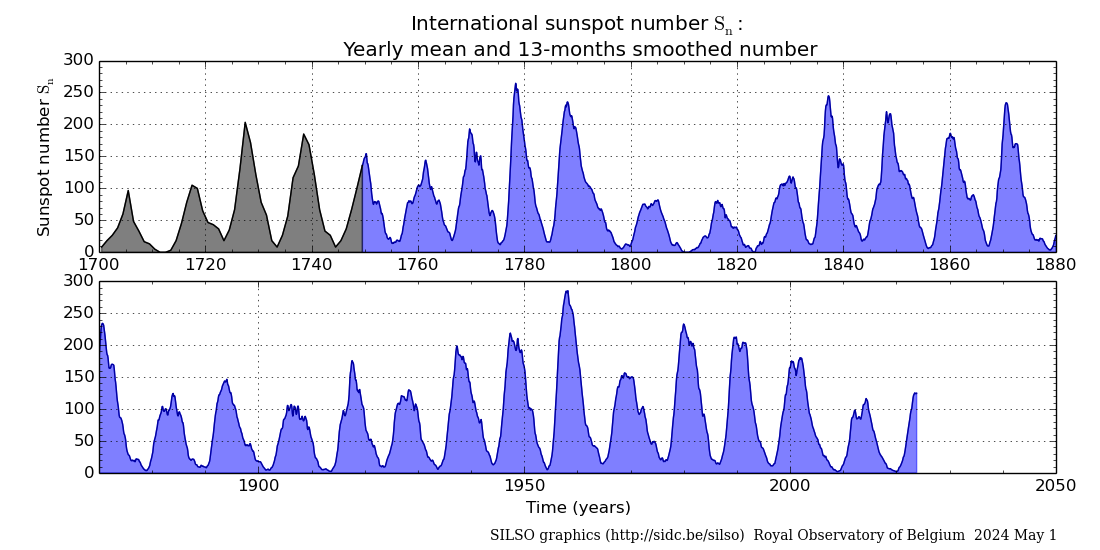Solar activity was high over the last 24 hours. The largest flare of the period was an X1.4 flare with peak time 08:48 UTC June 01 from NOAA AR 3697, the most complex region on the disk. This region also produced a X1.1 flare with peak time 22:03 UTC May 31. Two new active regions emerged, newly numbered NOAA AR 3699 and an as yet unnumbered region at S05W30, but both were quiet. NOAA AR 3691 continued to decay and produced C-class flaring activity. NOAA AR3698 also produced C-class flaring activity and grew slightly. The rest of the regions were quiet. The solar flaring activity is expected to be moderate over the next 24 hours with C-class flares expected, M-class flares likely and a chance for further X-class flares.
No Earth directed Coronal Mass Ejections (CMEs) have been detected in the available coronagraph imagery.
Over the past 24 hours the greater than 10 MeV GOES proton flux was below the 10pfu threshold and is expected to remain so for the next day. There is a slight chance that the proton flux may increase due to strong flaring from NOAA AR 3697, but this is unlikely due to its current position.
The greater than 2 MeV electron flux remained below the 1000 pfu threshold as measured by GOES 16. It is expected to remain below this threshold over the next days. The 24-hour electron fluence was at nominal levels. The electron fluence is expected remain at nominal levels over the next days.




